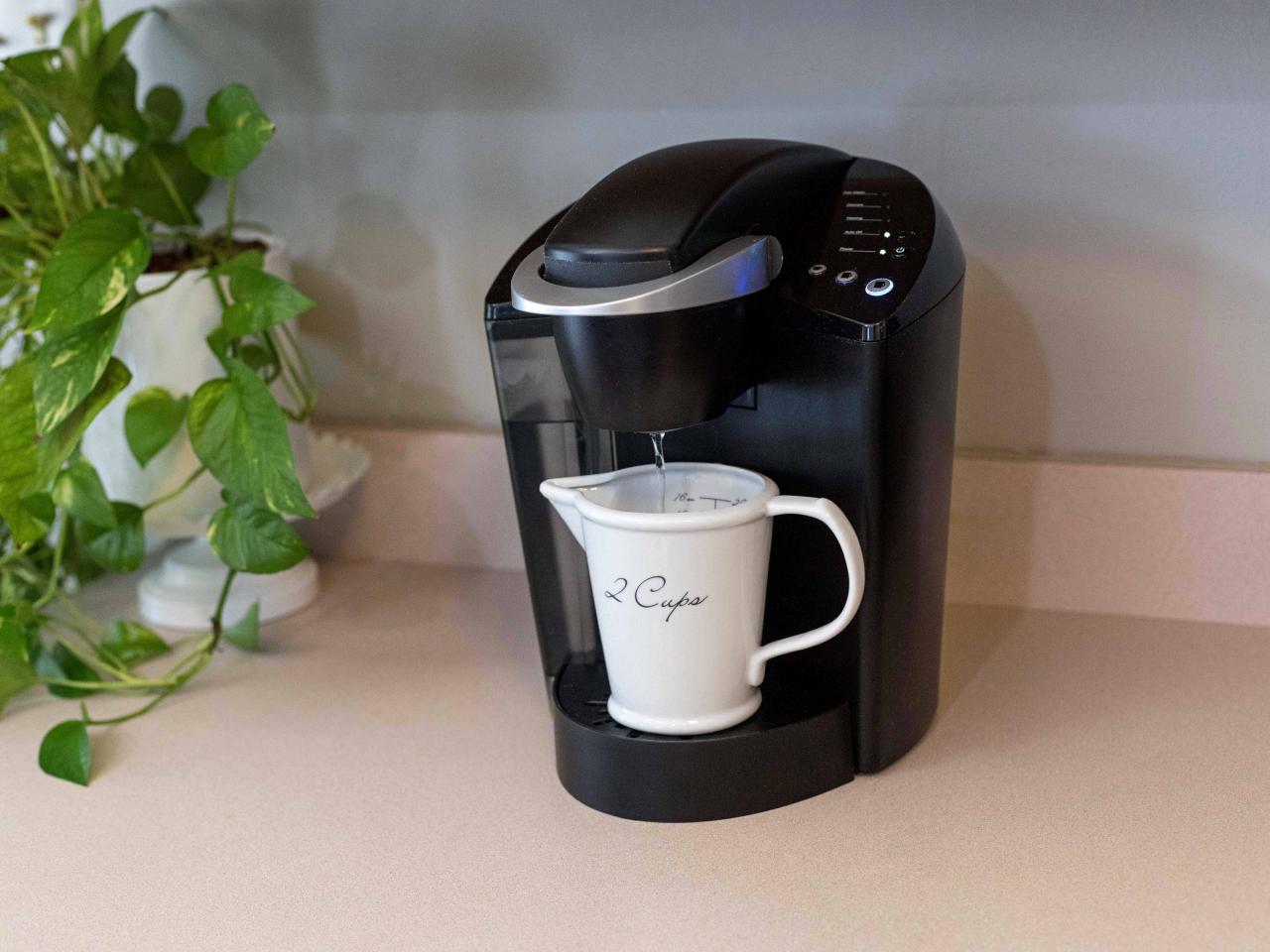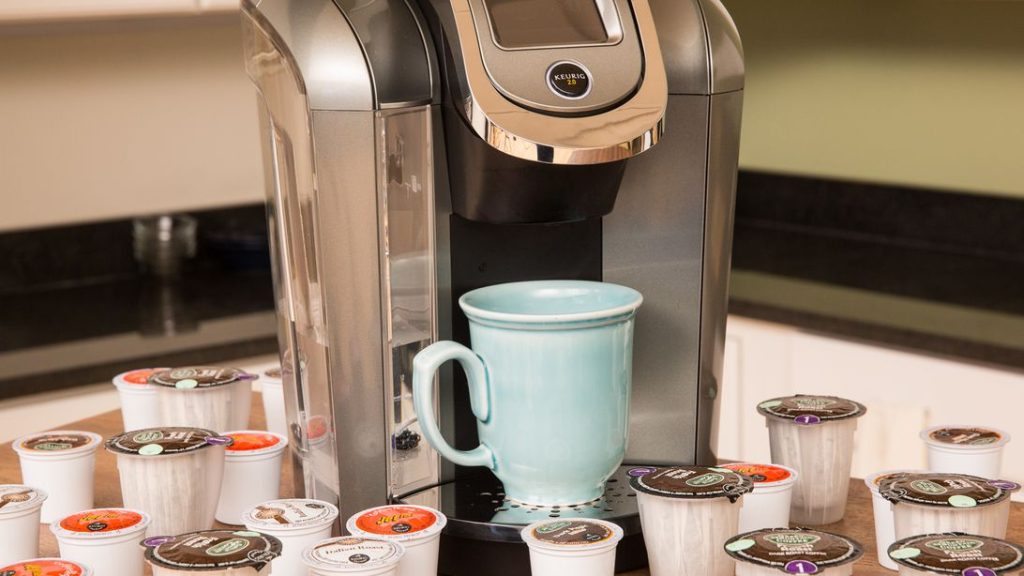Are Keurig Water Filters Universal?

Here’s what I’ve discovered after putting them to the test:
Except for the Keurig MINI PLUS, which does not utilize a water filter, all Keurig coffee makers use water filters. They’re also incompatible with the Rivo brewing systems from Keurig. Furthermore, they are unlikely to function in other coffee maker brands.
But that was only a brief response.
After all, there are several Keurig coffee maker models to choose from. Aside from the water filter, there are also coffee filter capsules, which we will discuss later.
There’s still a lot to discover about Keurigs and their filters. Let’s get started.
Is it true that all Keurig water filters are the same?
Except for the Keurig MINI PLUS and Rivo brewing devices, all Keurig water filters are universal. K-cups, which function as a filter between the coffee and the water, are compatible with all Keurig models.
So, if you’re worried about water filters, other than the two I listed, practically all Keurig water filters are now the same. They resemble little charcoal packets that must be soaked before being inserted into the water reservoir.
The water reservoir is the difference in where the water filter goes.

You’ll either get a side reservoir or a rear reservoir when you buy a Keurig. The side reservoir has two containers to choose from, while the back only has one. A side reservoir water filter and a k-classic water filter are the two sides. The one in the back is self-evident. It’s a water filter for the back reservoir.
At first sight, the back and side reservoir water filters appear to be similar, but closer inspection reveals the discrepancies. The length of a rear water filter is significantly less than that of a side water filter. They are, however, both white and virtually transparent, with the filter situated at the bottom.
The black k-classic water filter is roughly the same length as the side water filter.
This variant features a top-mounted dial and a bottom-mounted filter. The dial serves as a reminder to update the filter. In two months, it will remind you if you set the dial to 2.
Most newer Keurigs, on the other hand, provide a reminder option under the display and button settings. So, the Keurig itself reminds you of this on top of the filter canister.
Let’s take a look at where these filters fit into the picture.
Where is my Keurig’s water filter?
The water filters of a Keurig are housed within the machine’s water reservoir. Remove the water reservoir lid by grasping the protruding plastic handle and pulling it straight out. The filter is placed inside a plastic container at the bottom that may be removed by pressing two clips.
However, the filter’s placement may differ according to the Keurig model.
We’ll go through three types that are likely to be found in anyone’s home to help you visualize where the filters are: the Keurig Duo, the Keurig K-Select, and the K-Mini Coffee Maker. First, let’s look at the Duo.
The Keurig Duo is a pair of Keurig coffee makers.
The Duo is my favorite since it has a classic look with the coffee pot while allowing you to make a single serving. The back reservoir on this Keurig can store 60 oz.
This water filter is relatively easy.
All you have to do now is carefully remove the reservoir and double-check that everything is in working order. The numbers should be facing away from you when you look at the reservoir, and a tiny black dot should be visible on the bottom left. Once your water filter is ready and in the container, secure it in place by clicking the container down into the dot. It should snap into place with ease.
The Keurig K-Select is a single-serve coffee maker.
This is the standard Keurig that you’ll find in most homes. The Keurig K-Compact is an option that you should consider. The K-Compact is a smaller version of the K-Select, making it more suitable for smaller homes. The most significant difference, aside from size, is the location of the reservoir.
The K-Select uses a single-serve technique with a water reservoir on the side. The K-Select reservoir has a side reservoir water filter and can contain 52 ounces. The K-Compact, on the other hand, features a back reservoir.
This time, when you remove the reservoir from this Keurig, you’ll find a black dot on the bottom right. The filter container will snap into place in the same way as the Duo did.
The lower section of the water filter is where you’ll be clicking the container into. This component, the water filter itself, and the container that stores the water filter are all included. Please don’t just leave the filter floating in the water.
The Keurig K-Mini is a small coffee maker.
This coffee maker is ideal for households with little space. The main disadvantage of this Keurig is that you use all of the water in the reservoir when you make a coffee cup.
Every time you use it, you’ll need to replenish the reservoir, which holds 12 ounces. If you don’t drink much coffee or don’t use your Keurig very frequently, this is an excellent alternative for you.
The reservoir isn’t detachable, but that’s fine because there’s no water filter!
That’s correct! A water filter isn’t necessary because you use the entire volume of water in the container. If you’re trying to figure out how to put your water filter container into that tight area, you’ll find that it won’t fit at all.
However, difficulties with your Keurig not dispensing correctly in the Keurigs indicated above are typical.
Is it possible to use a Keurig without a water filter?
Keurigs may function without the need for a water filter. The filter is intended to filter out contaminants in the water, such as calcium. Too much calcium can create scale build-up in the Keurig, leading to blockages and making it impossible to operate.
Keurigs, on the other hand, are designed to be highly adaptable.
You can create hot chocolate, coffee, tea, and much more in one machine without making a mess. Keurig even sells a dual set that includes a Keurig with K-cups and a regular coffee pot.
Because there are so many diverse designs behind Keurig, there isn’t a simple solution to this topic.
The K-Select uses a single-serve technique with a water reservoir on the side. The K-Compact, on the other hand, features a back reservoir. The K-Select reservoir has a side reservoir water filter and can contain 52 ounces.
This time, when you remove the reservoir from this Keurig, you’ll find a black dot on the bottom right. The filter container will snap into place in the same way as the Duo did.
The lower section of the water filter is where you’ll be clicking the container into. This component, the water filter itself, and the container that stores the water filter are all included. Please don’t just leave the filter floating in the water.
Is it necessary to use water filters in coffee makers if I use purified or spring water?
When utilizing purified water, coffee makers do not require water filters. However, spring water may include high quantities of calcium, which can cause scale development and obstructions in the coffee maker’s water lines.
So, let’s go through the functions of the water filter once more. The water filter ensures that your coffee tastes better by purifying your water.
It won’t harm your Keurig if you don’t use the filter.
Every country’s tap water is different. It most likely has the most significant minerals of all the water in your home. A sensor in your Keurig detects the minerals in the water. You may use tap water in your Keurig, but you’ll need to clean it more frequently to avoid problems because of the high mineral content.
You might be thinking that distilled water is the next best thing for your Keurig right now. That may or may not be the case. Keurig 2.0 doesn’t like distilled water. This is due to the sensor I mentioned earlier. If your Keurig detects no minerals, it will display an error message.
So, which water is the best? Maybe bottled water? This can be challenging as well, but the results are typically satisfactory.
You only have to be cautious of the minerals if you use spring water, and if you use purified water, you’re usually okay. Before being bottled, purified water was passed through different filters.
However, if you genuinely want the best for your Keurig, make sure you’re using filtered water. Whether it’s filtered tap water or bottled water, clean your Keurig every six months or after each use.
You can usually obtain a 6- or 12-pack of water filters for your Keurig, and you’ll want to replace them every two months if you use them frequently. If you don’t use your Keurig regularly, you should replace it after 60 tank fills.
If you decide to utilize water filters, be careful to replace them regularly. Make sure you have the filter container and place the filter there rather than having it float around the reservoir.
If you’re on a budget, keep in mind that you don’t need the water filter to use your Keurig.
Have I answered all of your questions about Keurig filters?
We discussed a piece of popular coffee-related equipment in this post. We mainly concentrated on water filtration. What they’re for, where they go, and whether we can get by without spending more money on coffee.
We discovered that, for the most part, Keurig water filters are universal and have the same form. The top of the water filter, known as the filter container, is a different portion. Even though it’s primarily intended for taste improvement, it’s advisable to use a water filter if your water contains many minerals.
Keep yourself safe in the kitchen and sip your favorite morning beverage!











